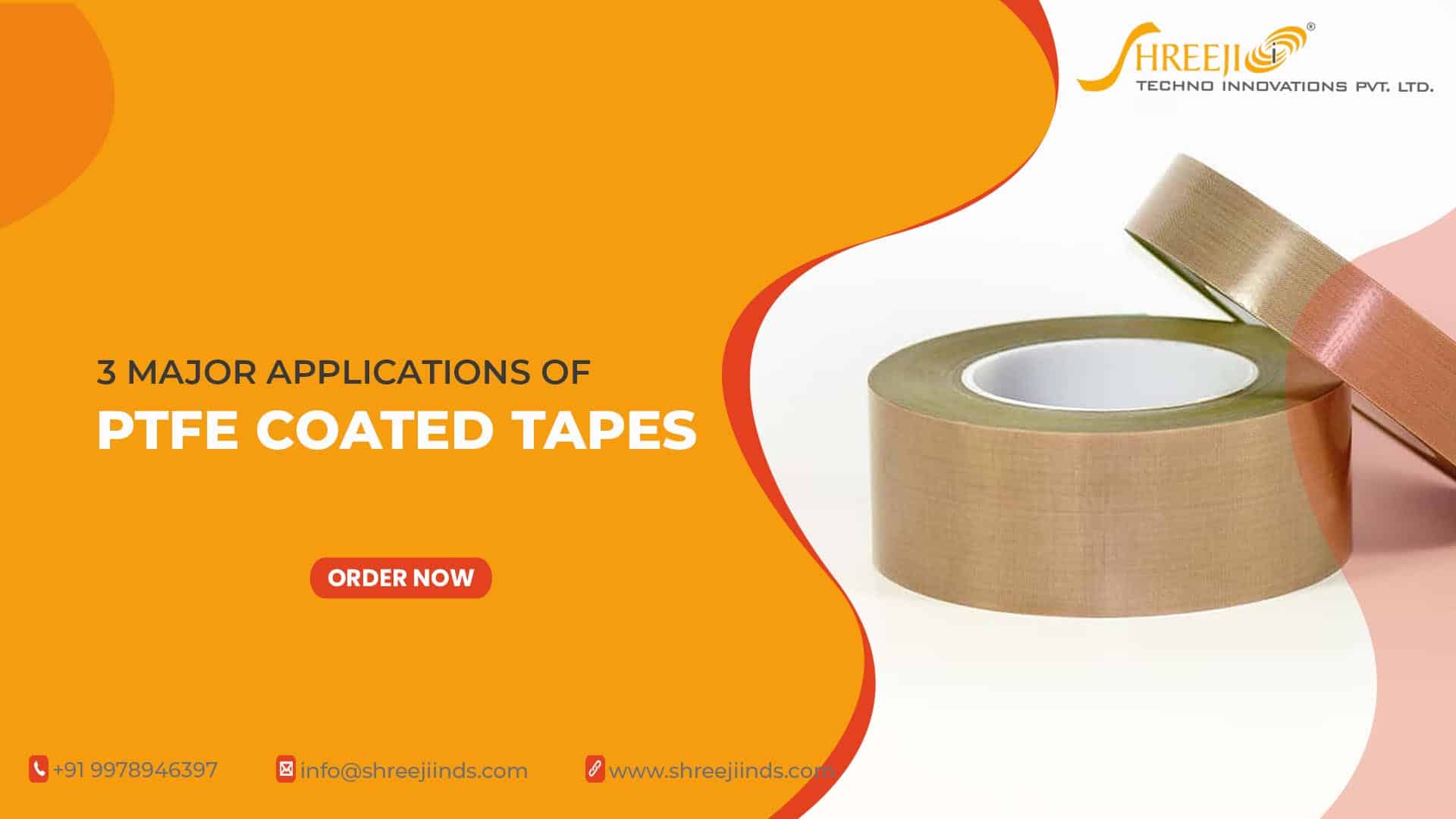
PTFE tape is popularly referred to as a thread sealant; there are many types of PTFE available in the market that can help to significantly reduce leakage around joints of certain types. To offer another layer of protection against duct leakage, specific tape thicknesses can be chosen. Once these tapes have been wrapped all around the interior of a threaded junction, their natural expanding qualities frequently help fill out any little gaps between conduits and threads.
PTFE tape is commonly used for the following purposes:
1. Leak Sealing PTFE Tape
It has long been customary to seal leaks with a plumber’s tape. When coupling joints together, it is typically done as a preventative measure. Before mating, PTFE tape wrapped around the threads of a male component can assist in sealing and tightening the joint from the inside. This offers additional defense against the possibility of future leakage. In order to stop plumbing leaks until additional work can be done, PTFE-coated tape can also serve as a temporary, short-term fix. It is typically placed to the outside of a joint to reduce future leakage. It is not intended to be a long-term solution for repairing worn-out, broken, or improperly fitted joints, though.
2. PTFE Tape for Gas
Although PTFE tape is frequently used to seal gas pipes, it is crucial to choose the best product for the task. Although gas-rated PTFE thread seal tape is often thicker and denser than regular PTFE tape that is used in liquid plumbing applications, it is readily available. Because it is more porous, it is more prone to deterioration and leaking when utilized improperly for gas pipes. This is because they are manufactured with a thinner stretch than the natural gas ducting joints’ heavier-duty PTFE tapes.
3. Oil & Petrol PTFE Tape
PTFE tape is resistant both to gasoline as well as oil because of its chemical inertness. As a result, sealing and lubricating gasoline line joints with it is a common practice in automotive applications.The lubricating and sealing tape used by plumbers is made to hold up well to demands of relatively high pressure and heat. This indicates that it is generally OK for use in settings where it may come into contact with oil, gasoline, diesel, and other fuels.
4. Final Word
Like with the majority of PTFE tape applications, it’s best to begin wrapping just below the first line of threading, leaving a complete thread radius visible at the insertion end of the mating joint. You can start your wrap a little further away from the endpoint if any tiny bits of tape are sheared off where the threads cling to one another to stop them from entering and later contaminating the linked tanks or fuel lines.





